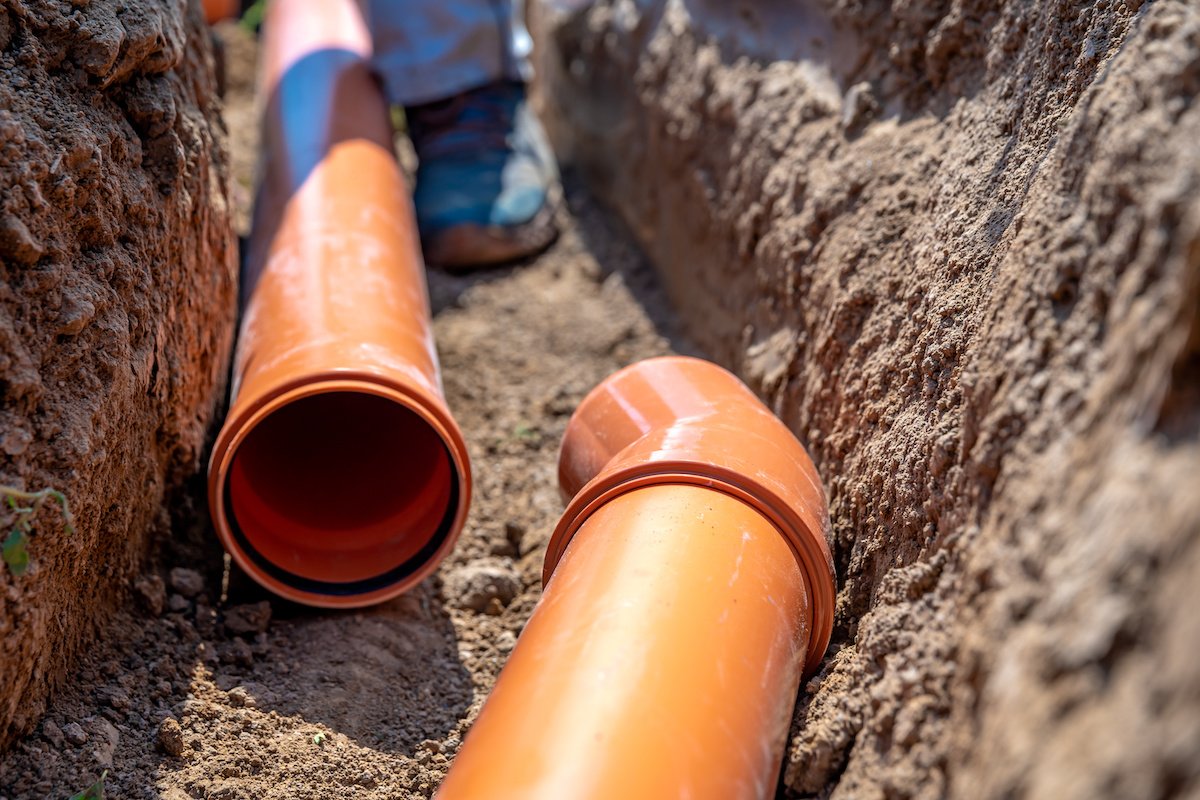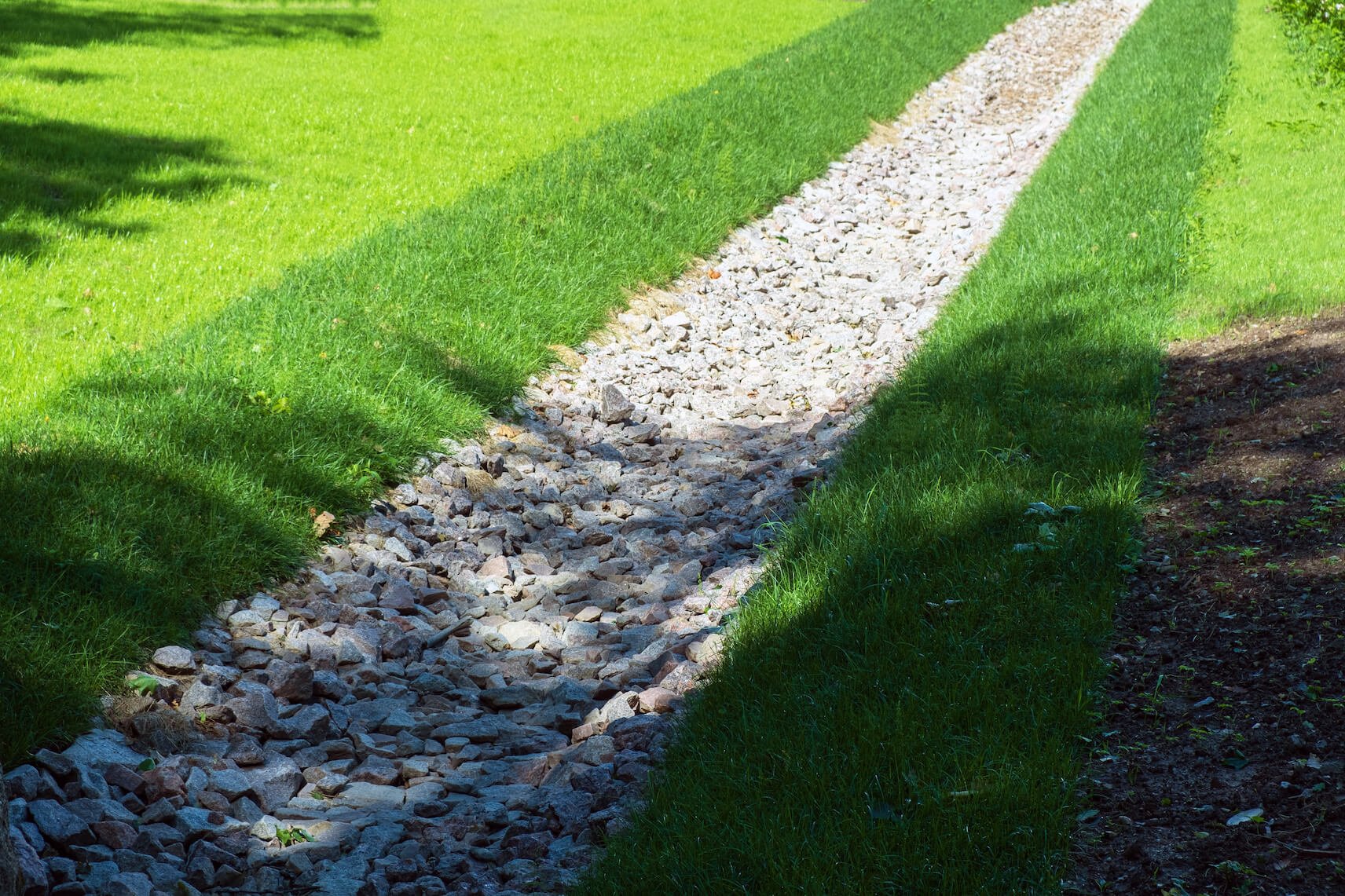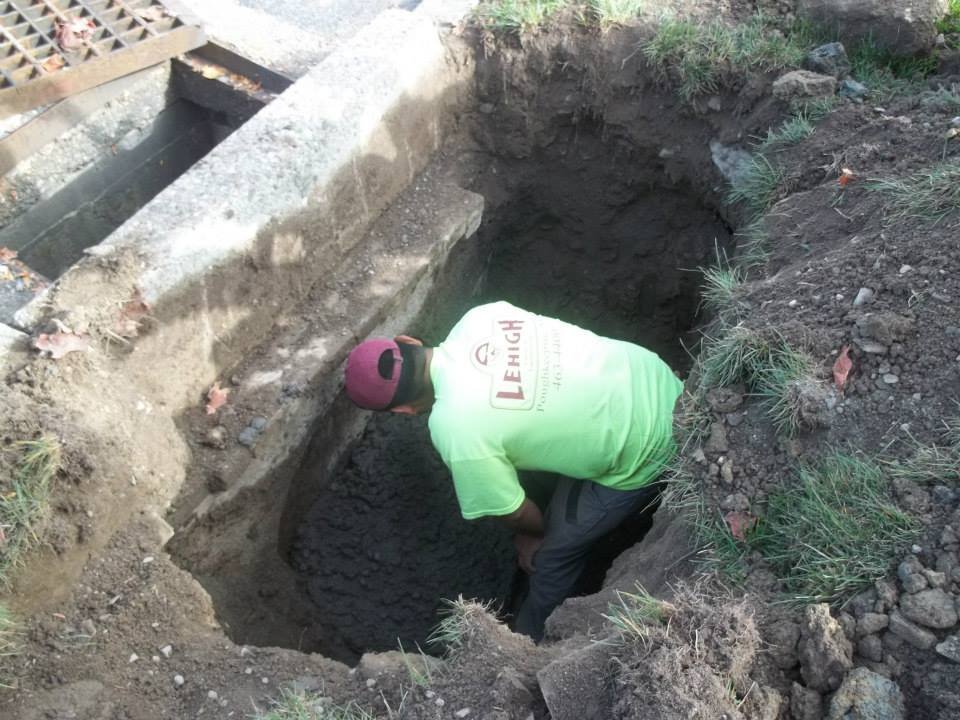
RESIDENTIAL
Drainage Systems
Drainage Solutions
Lehigh Lawns & Landscaping understands how challenging drainage problems can be. There is nothing more frustrating than coming home to a basement full of water. Many clients tell us that they lose sleep during large rain storms because of the fear of having to pump out their basements. Replacing carpet, sheetrock, personal items or the possibility of getting black mold is painful and costly. Other complaints have been that clients’ children cannot play in the back yard because of continued waterlogged back lawns, as well as many homeowners are unable to mow sections of their lawn because of properties with drainage issues. With years of experience in dealing with drainage issues we may have the right solution for your property.
Examples such as:
Installing or replacing footing drains:
Installing rubber membranes (dimple boards), parging foundations, water proofing:
Basement pumps
Curtain drains
Swales
French drains
Drywells
Gutter downspouts drains
Re-grading property
Storm drain replacement
Driveway channel drains
Drainage Issues
Is your landscape suffering from pooling water? Does your landscape flood after it rains? Having drainage problems in your yard can be a real nightmare. Rain is a necessary part of a healthy landscape but too much of it or low-lying areas of your property can lead to your lawn becoming soggy or swampy. If your yard has low areas or was graded incorrectly, this can cause drainage problems that can wreak havoc on your landscape or even your home if water is running along your foundation and finding its way inside.
If water is running the wrong way it can ruin your day. Give us a call to see if we can help alleviate some of your water issues.
EFFECTIVE WATER MANAGEMENT
Prevent a Soggy Lawn & Water Damage
If your property sits on sloped land, you may deal with a soggy lawn, your basement flooding, or flood damage. With a professionally designed and built drainage system, such as curtain, French, or gutter drains, you can enjoy spending time outside without stepping in mud puddles.

DURABLE RETAINING WALLS
Redirect Rainwater Where It Belongs
Retaining walls are built with a built-in drainage system, which helps direct water into an appropriate location so it doesn’t pool on your lawn or landscape. These architectural features add beauty to the landscape and can make outdoor spaces more functional.

TESTIMONIALS
Customer Stories
Highly professional, they do get busy and if you want to get on their roster for mowing service I suggest you sign up before the Grass grow back in the spring!!! They do get booked up fairly quickly.
G.S VIA GOOGLE



